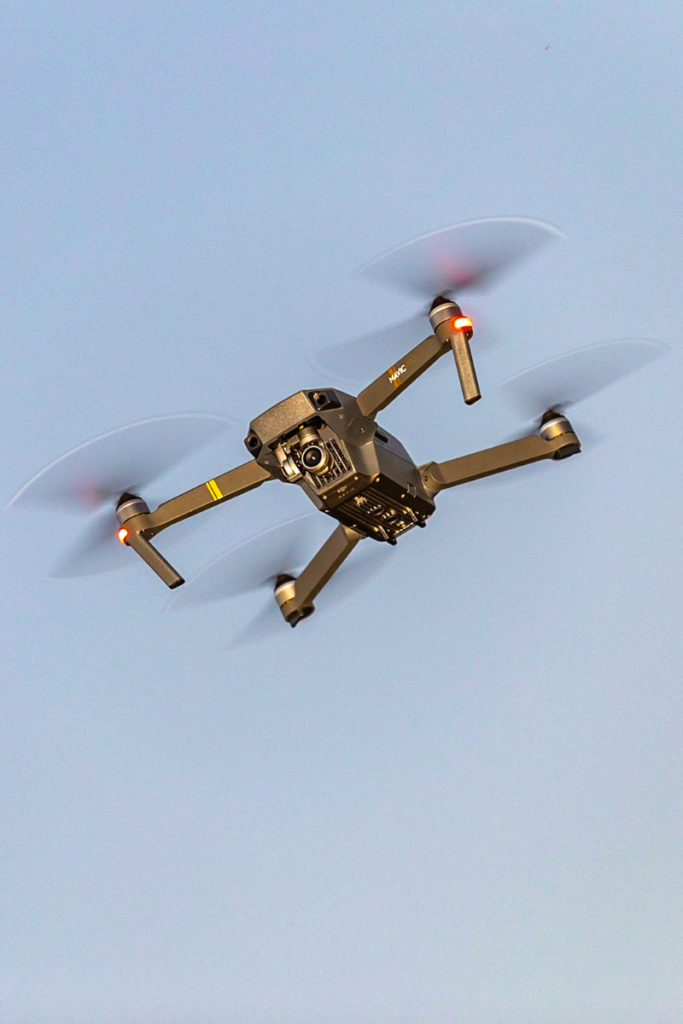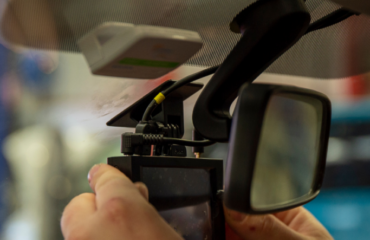In an era where technology continually reshapes the landscape of public safety, drones have soared into the spotlight, especially in traffic management. This blog post explores how these unmanned aerial vehicles (UAVs) are revolutionizing law enforcement strategies from above, offering a bird’s-eye view that was once unimaginable.
The Advent of Drone Technology in Traffic Oversight

Drones, with their ability to hover and fly at various altitudes, provide law enforcement agencies with a versatile tool for comprehensive traffic monitoring. Their integration into traffic management systems marks a significant leap forward, enhancing response capabilities and ensuring safer roads for everyone.
Enhancing Real-Time Traffic Monitoring
One primary benefit of drones in traffic management is the real-time data they provide. With high-resolution cameras and live-feed capabilities, drones offer a clear overview of traffic flow, congestion points, and accident scenes. This immediate insight allows for quicker response times and more informed decision-making.
Improving Incident Response and Management
Traffic incidents, from minor collisions to major highway accidents, require swift action. Drones expedite this process, delivering aerial visuals that help assess the situation before ground units arrive. This bird’s-eye perspective is invaluable in planning effective responses and deploying resources efficiently, ultimately reducing traffic delays and improving public safety.
Facilitating Road Safety and Enforcement
Beyond incident management, drones play a crucial role in enhancing road safety. They monitor traffic conditions, identify hazardous behaviors, and even assist in enforcing traffic laws. By detecting speeding, reckless driving, or illegal maneuvers, drones support law enforcement efforts to maintain order on the roads and prevent accidents before they occur.
Navigating Privacy and Regulatory Challenges
While innovative, using drones in traffic management also introduces concerns regarding privacy and airspace regulations. Law enforcement agencies must navigate these challenges carefully, ensuring drone operations respect privacy rights and comply with federal and local laws. Balancing technological benefits with ethical considerations is vital to maintaining public trust.
The Future of Drones in Law Enforcement
As drone technology continues to evolve, its potential in law enforcement and traffic management expands. Future advancements may include:
- Automated traffic monitoring systems.
- AI-driven analytics for predicting congestion.
- Even drones equipped with emergency medical supplies for rapid response to accidents.
Using drones in traffic management significantly advances how law enforcement agencies approach public safety. By offering a bird’s-eye view of road conditions, drones enhance real-time monitoring and incident response and contribute to safer, more efficient traffic flows. As technology progresses, the integration of drones in traffic management will continue to play a pivotal role in modernizing law enforcement efforts and improving urban mobility.


